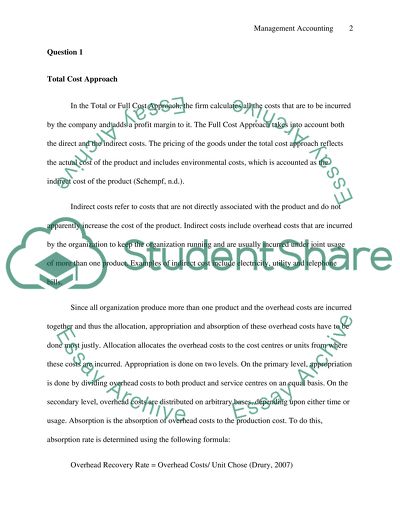Cite this document
(“CIMA Official Learning System - Performance Operations Essay”, n.d.)
Retrieved de https://studentshare.org/finance-accounting/1391078-management-accounting
Retrieved de https://studentshare.org/finance-accounting/1391078-management-accounting
(CIMA Official Learning System - Performance Operations Essay)
https://studentshare.org/finance-accounting/1391078-management-accounting.
https://studentshare.org/finance-accounting/1391078-management-accounting.
“CIMA Official Learning System - Performance Operations Essay”, n.d. https://studentshare.org/finance-accounting/1391078-management-accounting.


